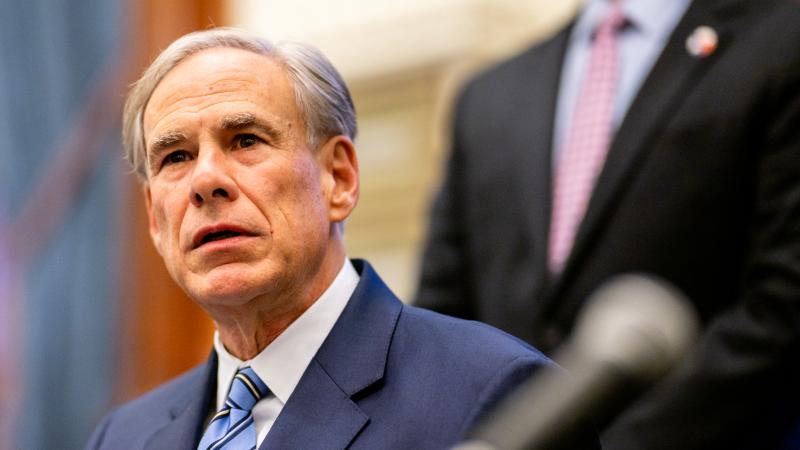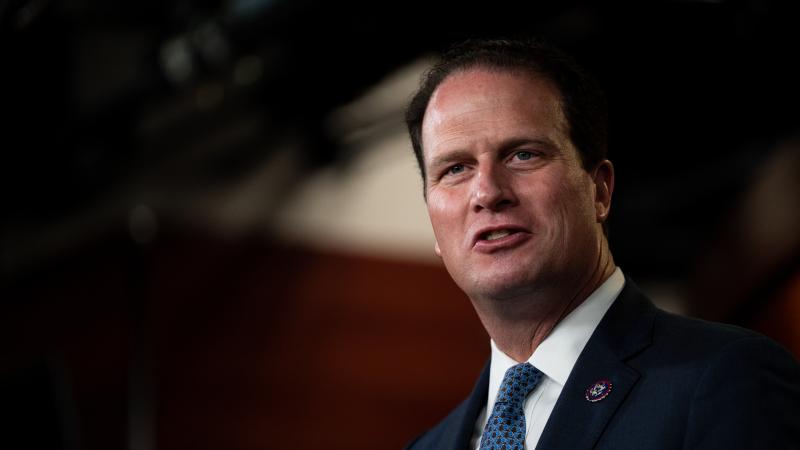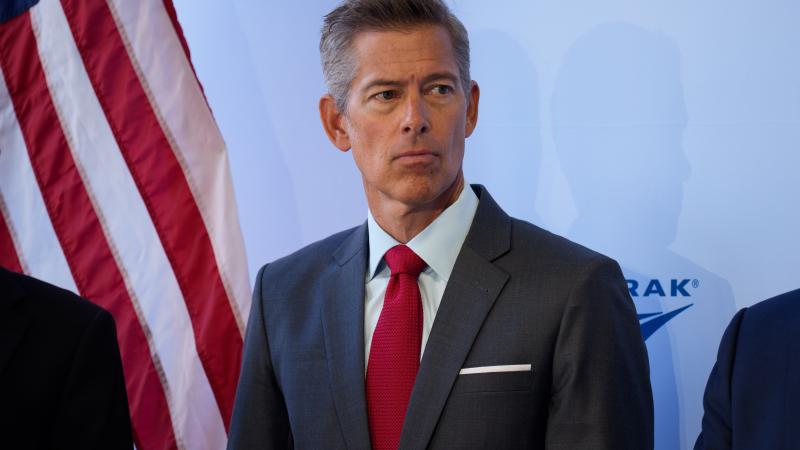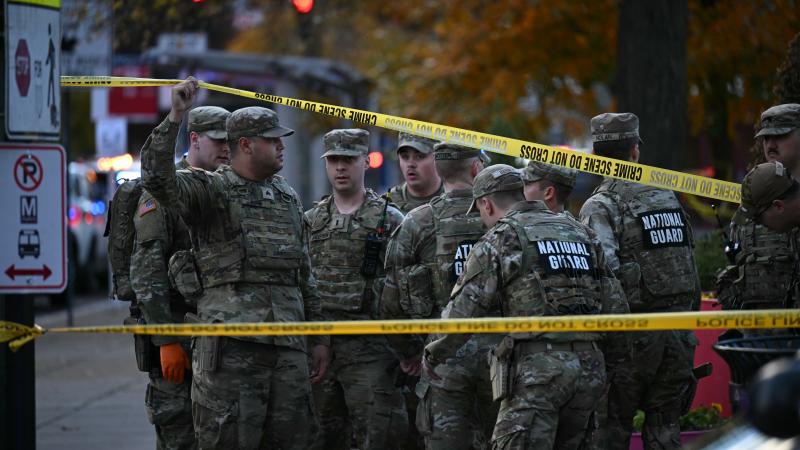Pentagon budget lacks specificity as DOD living on funding from a full-year CR passed in March
Secretary of Defense Pete Hegseth fielded questions from lawmakers repeatedly seeking specific funding targets and often left them dissatisfied.
(The Center Square) -
A House Appropriations subcommittee held an often tense hearing over the fiscal year 2026 defense budget Tuesday morning, attempting to nail down exactly what funding the Department of Defense needs to face the numerous current diplomatic and security challenges at home and abroad.
Secretary of Defense Pete Hegseth fielded questions from lawmakers repeatedly seeking specific funding targets and often left them dissatisfied.
“Please… I want your plan!” erupted Rep. Rosa DeLauro, D-Conn., after multiple attempts to get details from Hegseth on the department’s plan for revitalizing the military’s shipbuilding program.
Hegseth responded by saying the department believes it was closing the gap between production and projected need and that funding was slated to increase for fiscal year 2026 by 14% for Columbia-class submarines alongside a “substantial increase” for Virginia-class submarines. But that wasn’t enough for DeLauro, known for her strong rhetoric challenging Republicans during debates and hearings.
“I've had difficulty with the prior administration, and I don't mind calling them out,” DeLauro said. “You can talk percentages. You can talk about whatever you want, but unless this committee sees dollars and cents and where you're going and what your plan is, then we may reconsider what you need to do to go forward.”
The department is currently living on funding from a full-year continuing resolution passed in March and rarely used on Capitol Hill – something ranking member Rep. Betty McCollum, D-Minn., pointed out in her opening statement.
Typically, continuing resolutions are temporary stopgaps, used to fund the government for weeks or months at a time as Congress works to reach a consensus on more formal appropriations.
And though the budget reconciliation process, which is being used for the Trump-backed One Big Beautiful Bill Act, is often used to pass more controversial, partisan legislation (as was the case with some of the Biden administration’s landmark legislation), McCollum questioned the inclusion of defense spending in the reconciliation package.
“It's also irresponsible for us to assume that you can fund the defense programs through an unstable reconciliation process. That's why it's never happened before in our nation's history,” McCollum said. “What else has never happened before was the Departments of Defense operating under a full-year continuing resolution.”
The Trump administration submitted a partial fiscal year 2026 budget request to Congress on May 2 and submitted the rest of the request on May 30 – according to Democrats, the latest a full budget has ever been submitted to Congress – but Democratic lawmakers like McCollum are saying it lacks many of the details necessary for Congress to get a full picture of spending plans.
“Four months from now is the end of the fiscal year, and all we have is a very rough draft. The DOD has failed to submit a complete request, so today we are forced to markup at a rush, and for me, an incomplete Defense Appropriations Act,” McCollum said.
Republicans also asked for more specifics a few times, though their questioning wasn’t typically as aggressive as Democrats’.
Rep. Ken Calvert, R-Calif., Chairman of the Defense Appropriations Subcommittee, backed up McCollum during the hearing when she asked where the department was getting the money to deploy National Guard and Marine troops to the riots happening in Los Angeles.
After a lot of back and forth between McCollum and Hegseth, Calvert interjected.
“Mr. Secretary, want to just let us know what accounts you’re pulling. Please let us know what accounts you’re pulling the money to to fund..?” Calvert said.
While Hegseth deflected at the time, a Pentagon official later said it would cost $134 million and is being taken from operations and maintenance accounts, which are used to fund day-to-day military activities.
Calvert also supported Rep. John Carter, R-Texas, when he asked about how the department was investing in modern “[ways] to load and turn out ammunition.” After a verbal response from Hegseth, Calvert asked for a written response to be submitted later.
“Can we get a written response to the gentleman from Texas on that? That’s a concern of all of ours is to modernize our manufacturing capability so we can get back manufacturing in the United States.”
The House Appropriations Committee is also holding its markup session Tuesday.













